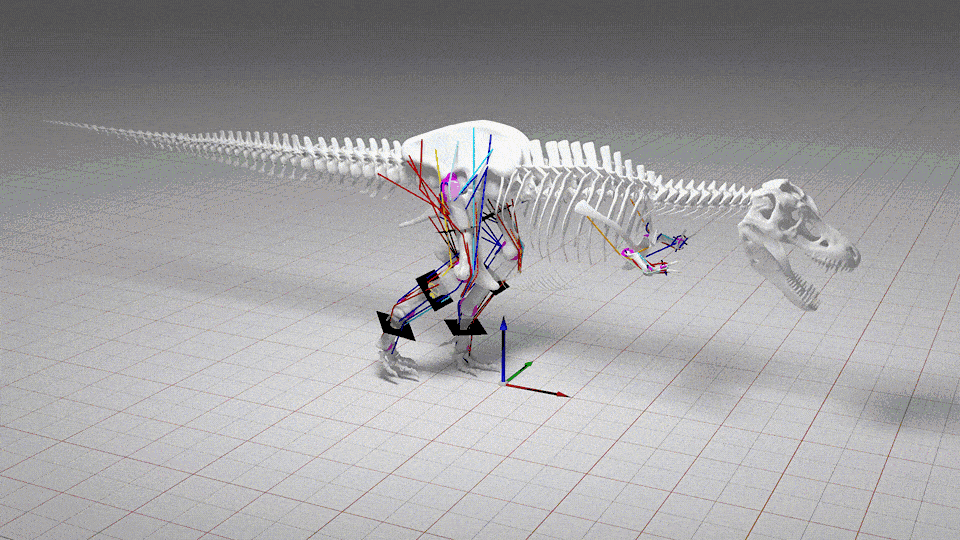When you purchase through nexus on our land site , we may realize an affiliate commission . Here ’s how it works .
Much of the body of a wee Cretaceous - earned run average chick was preserve in incredible detail in a piece of Burmese gold , and bears " strange feather , " accord to the researchers who described the unique uncovering in a new study .
excavate from a mine in what is now northerly Myanmar , the precious swelling of fossilized tree diagram sap is estimated to be about 98 million years older , and holds the most over specimen to date represent a mathematical group of nonextant toothed chick called enantiornithines ( eh - nan - tee - or - NITH'-eh - neez ) , which died out at the end of theCretaceous period(about 145 million to 65.5 million years ago ) .

A close-up view of the hatchling’s feet shows its digit pads and claws.
Body proportions and plume development in the lilliputian specimen show that it was very young , while details in the plumage ' structure and distribution highlighted some of the key differences between these ancient avians and modern - day birds , the scientist pen in the study . [ See Stunning Photos of the Cretaceous Chick in Amber ]
Though scientist had antecedently launch specimen of this bird group in amber , the novel find included features never seen before , such as the ear opening , the palpebra and skin on the metrical unit .
Its body measured about 2.4 in ( 6 centimeters ) in length , from the tip of its schnozzle to the remainder ofthe truncated tail . The scientist used micro - CT scan and digital 3D Reconstruction Period to further analyze the specimen — processes that take nearly a year to complete , field co - author Jingmai O’Connor , a prof with the Institute of Vertebrate Paleontology and Paleoanthropology at the Chinese Academy of Sciences , told Live Science in an email .

In a small lump of amber, a tiny, taloned foot is the most visible part of a hatchling that was entombed nearly 100 million years ago.
The amber clod — which mensurate around 3.4 inch ( 8.6 cm ) long , 1.2 column inch ( 3 cm ) wide and 2.2 inches ( 5.7 cm ) thick — had been divided down the midsection into two pieces . Unfortunately , this cut sliced through the specimen ’s skull , damage some of the bones and relegating the skirt ’s beak to one gold shard and the brainpan and neck opening to the other , the researchers reported .
Even so , the consistence was near - complete , with the gold containing the flyspeck bird ’s head and neck , part of its wing , foot and tail ; and plenty ofsoft tissueand attached feathers . The bird was undergoing its first molt when it became caught in the awkward tree sap ; there was only a light cover of plumage on its body . But it already had a full set of flight of steps feathers on its wings , suggesting that birds in this group were highly independent from an early eld , the cogitation writer wrote .
In recent geezerhood , amber fossils have revealed fascinating glimpses of lifetime from many millions of year ago — fromant - termite warfareand a pa longlegs’long - hold up erectionto a spiderattacking preyin its WWW and a glitch that jumpedout of its hide .

CT data revealed the avian fledgling trapped in the amber, here pictured next to a reconstruction showing how the animal may have looked in life.
And when it comes to birds , fossil ' exceptional preservation of feather help paleontologists understand the multifariousness of feathers and the role they played for early avians , O’Connor said in the electronic mail .
" plume can never be well interpret in normal fossils , " O’Connor said . " But in amber , we get crystal - clear views of what primitive feathers were like , and they reveal all sort of flaky morphologies , " she enunciate .
The findings were published online June 6 in the journalGondwana Research .

Original article onLive scientific discipline .

















